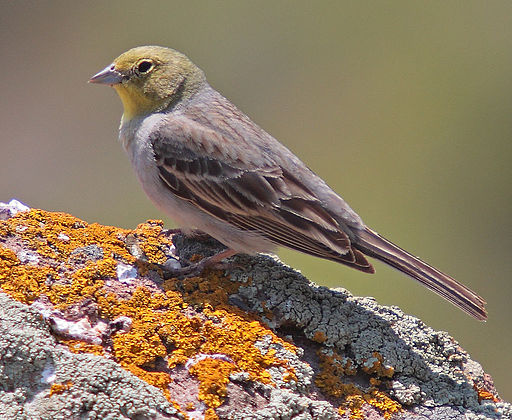Superregnum: Eukaryota
Cladus: Unikonta
Cladus: Opisthokonta
Cladus: Holozoa
Regnum: Animalia
Subregnum: Eumetazoa
Cladus: Bilateria
Cladus: Nephrozoa
Superphylum: Deuterostomia
Phylum: Chordata
Subphylum: Vertebrata
Infraphylum: Gnathostomata
Megaclassis: Osteichthyes
Cladus: Sarcopterygii
Cladus: Rhipidistia
Cladus: Tetrapodomorpha
Cladus: Eotetrapodiformes
Cladus: Elpistostegalia
Superclassis: Tetrapoda
Cladus: Reptiliomorpha
Cladus: Amniota
Classis: Reptilia
Cladus: Eureptilia
Cladus: Romeriida
Subclassis: Diapsida
Cladus: Sauria
Infraclassis: Archosauromorpha
Cladus: Crurotarsi
Divisio: Archosauria
Cladus: Avemetatarsalia
Cladus: Ornithodira
Subtaxon: Dinosauromorpha
Cladus: Dinosauriformes
Cladus: Dracohors
Cladus: Dinosauria
Ordo: Saurischia
Cladus: Eusaurischia
Subordo: Theropoda
Cladus: Neotheropoda
Cladus: Averostra
Cladus: Tetanurae
Cladus: Avetheropoda
Cladus: Coelurosauria
Cladus: Tyrannoraptora
Cladus: Maniraptoromorpha
Cladus: Maniraptoriformes
Cladus: Maniraptora
Cladus: Pennaraptora
Cladus: Paraves
Cladus: Eumaniraptora
Cladus: Avialae
Infraclassis: Aves
Cladus: Euavialae
Cladus: Avebrevicauda
Cladus: Pygostylia
Cladus: Ornithothoraces
Cladus: Ornithuromorpha
Cladus: Carinatae
Parvclassis: Neornithes
Cohors: Neognathae
Cladus: Neoaves
Cladus: Telluraves
Cladus: Australaves
Ordo: Passeriformes
Subordo: Passeri
Infraordo: Passerida
Superfamilia: Passeroidea
Familia: Emberizidae
Genus: Emberiza
Species: Emberiza cineracea
Subspecies: E. c. cineracea - E. c. semenowi
Name
Emberiza cineracea C.L. Brehm, 1855
References
Der vollstandige Vogelfang p. 114
Vernacular names
català: Sit cendrós
Deutsch: Türkenammer
English: Cinereous Bunting
español: Escribano cinéreo
euskara: Berdantza turkiar
The cinereous bunting (Emberiza cineracea) is a bird in the bunting family Emberizidae, a passerine family now separated by most modern authors from the finches, Fringillidae. This species was first described by Christian Ludwig Brehm.
Range
It breeds in southern Turkey and southern Iran, and winters around the Red Sea in north-eastern Africa and Yemen. A few isolated populations just about maintain a foothold within European borders, on islands in the Aegean Sea.
Habitat
The cinereous bunting breeds on dry stony mountain slopes.
Description
The cinereous bunting is a large (16–17 cm), slim bunting with a long, white-cornered tail. The term cinereous describes its colouration. It is less streaked than many buntings and has a thick pale bill. It has a greyish back with only subdued dark markings, and a browner tint to the wings.
The adult male's head is dull yellow, with a brighter moustachial line and throat. In the nominate race of south-west Turkey, the rest of the underparts are grey, but the eastern form E. c. semenowi has yellow underparts.
Females are brownish grey above with a whitish throat and yellow only in the moustachial stripe. Young birds have a plain pale belly and streaking on the breast.
Foraging and breeding
Like other buntings, the cinereous bunting feeds principally on seeds. It takes insects especially when feeding its young. Its normal clutch is three eggs.
Song
The call is a harsh tschrip, and the song is a hoarse zru- zru-zru-zru.
References
BirdLife International (2019). "Emberiza cineracea". IUCN Red List of Threatened Species. 2019: e.T22720912A155519254. doi:10.2305/IUCN.UK.2017-1.RLTS.T22720912A155519254.en. Retrieved 12 November 2021.
Buntings and Sparrows by Byers, Olsson and Curson, ISBN 1-873403-19-4
Retrieved from "http://en.wikipedia.org/"
All text is available under the terms of the GNU Free Documentation License


